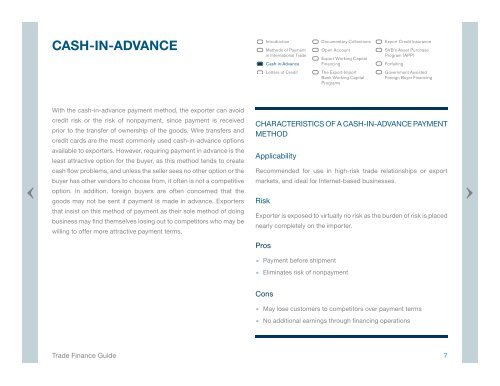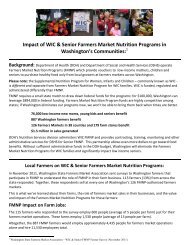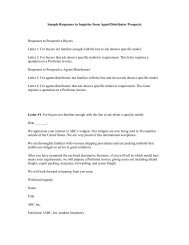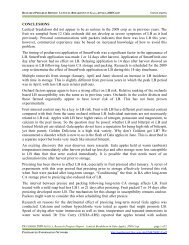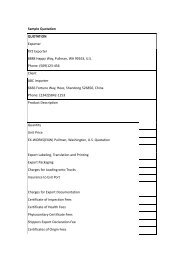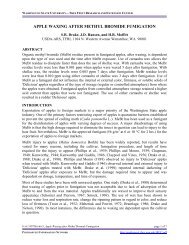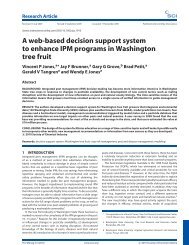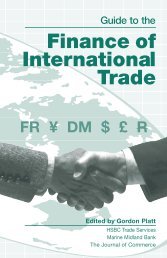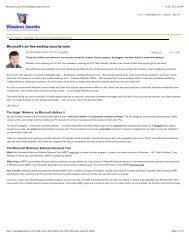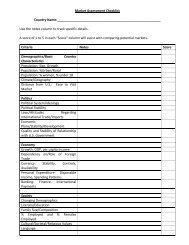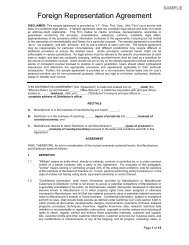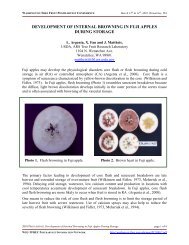Trade Finance Guide
Trade Finance Guide
Trade Finance Guide
- No tags were found...
You also want an ePaper? Increase the reach of your titles
YUMPU automatically turns print PDFs into web optimized ePapers that Google loves.
CASH-IN-ADVANCEIntroductionMethods of Paymentin International <strong>Trade</strong>Cash-in-AdvanceDocumentary CollectionsOpen AccountExport Working CapitalFinancingExport Credit InsuranceSVB’s Asset PurchaseProgram (APP)ForfaitingLetters of CreditThe Export-ImportBank Working CapitalProgramsGovernment AssistedForeign Buyer FinancingWith the cash-in-advance payment method, the exporter can avoidcredit risk or the risk of nonpayment, since payment is receivedprior to the transfer of ownership of the goods. Wire transfers andcredit cards are the most commonly used cash-in-advance optionsavailable to exporters. However, requiring payment in advance is theleast attractive option for the buyer, as this method tends to createcash flow problems, and unless the seller sees no other option or thebuyer has other vendors to choose from, it often is not a competitiveoption. In addition, foreign buyers are often concerned that thegoods may not be sent if payment is made in advance. Exportersthat insist on this method of payment as their sole method of doingbusiness may find themselves losing out to competitors who may bewilling to offer more attractive payment terms.Characteristics of A Cash-in-Advance PaymentMethodApplicabilityRecommended for use in high-risk trade relationships or exportmarkets, and ideal for Internet-based businesses.RiskExporter is exposed to virtually no risk as the burden of risk is placednearly completely on the importer.Pros°°Payment before shipmentEliminates risk of nonpaymentCons°°May lose customers to competitors over payment termsNo additional earnings through financing operations<strong>Trade</strong> <strong>Finance</strong> <strong>Guide</strong> 7


